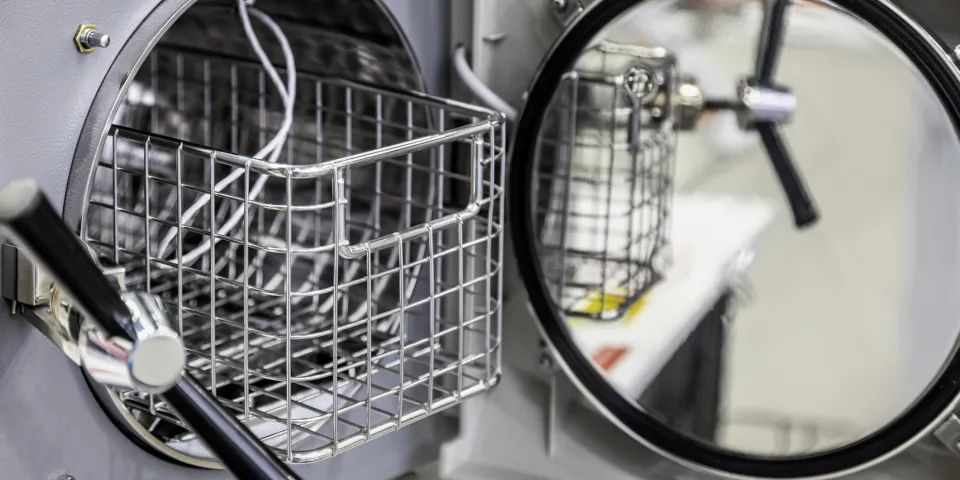Latest 
 Career Development Denise Alexander
Career Development Denise Alexander
Recent Blog Posts


The United States had over 15.6 million cosmetic surgical procedures in 2020. While this number is staggering, it only represents a small portion of the procedures that are performed annually. Surgeons and other healthcare professionals rightly receive a lot of credit for these procedures, but their job would not be as easy or successful without the help of sterile processing technicians.
Sterile Processing is the process of cleaning, inspecting, disinfection and sterilization of medical devices used during a surgical procedure. Sterile processing technicians typically work across most healthcare institutions to oversee this process.
Here are five things you should know about sterile processing and sterile processing technicians.
Given the sheer amount of procedures conducted every year, it is no surprise that sterile processing technicians are in-demand! According to the Bureau of Labor Statistics (BLS), there is a predicted 10% growth for medical equipment preparers between 2024-2034.
A large segment of the population is now made up of seniors who often rely on surgical procedures to maintain a comfortable, healthy lifestyle. So, long as there is a need for surgeries, there will be a need for professionals to aid in the sterile processing of equipment.
Surgeons aren’t the only healthcare professionals that handle medical equipment. Technicians must always follow specific instructions to ensure that each surgical and ancillary instrument is cleaned, sanitized and carefully reassembled. Equally important is the disassembly of equipment. Many sterile processing technicians wear gowns, masks and/or face shields, and gloves to protect themselves from contamination. They could be exposed to contamination through blood and other bodily fluids and or by harsh cleansing agents.
The whole process needs to be completed efficiently and effectively. Although sterile processing technicians don’t work directly with patients, their role in patient care is vital.
Decontamination is either a physical or chemical process that ‘cleans’ instruments that may be contaminated safe for further handling. As you might expect, this decontamination is not a simple process that has a one-size-fits-all approach. It isn’t like washing dishes or doing laundry! Although the process can vary, the general decontamination process includes:
If you thought there was only one way to clean medical equipment, think again! Sterile processing technicians work with many types of equipment to ensure that all medical equipment is cleaned and sanitized. While the exact cleaning process depends on the device manufacturer and what materials are used, some possible equipment could include:
A career as a sterile processing technician is a great way to begin a career in healthcare. The sterile processing diploma program allows you to quickly begin practicing as a sterile processing technician and build a strong foundation to continue pursuing your educational pathway and expand your area of expertise.
At Herzing University, you can complete your diploma in sterile processing in as little as 8 months (32 weeks). The best part is you don’t have to have previous healthcare experience to get started, just the motivation to be part of the patient care process!
BLS pay estimates calculate the median annual wage for various occupations. Per the BLS the median wage for an occupation is: "The wage at which half of the workers in the occupation earned more than that amount, and half earned less. Median wage data are from the BLS Occupational Employment and Wage Statistics survey." Bureau of Labor Statistics (BLS), U.S. Department of Labor, Occupational Outlook Handbook 2024. BLS median wage estimates do not represent entry-level wages and/or salaries. Multiple factors, including prior experience, age, geographic market in which you want to work, and degree level and field, will affect career outcomes, including starting salary and earnings as an experienced employee. Herzing neither represents that its graduates will earn the median salaries calculated by BLS for a particular job nor guarantees that graduation from its program will result in a job, promotion, particular wage or salary, or other career growth.
Get the latest news you need to know, from study hacks to interview tips to career advancement. Have it delivered right to your inbox biweekly.